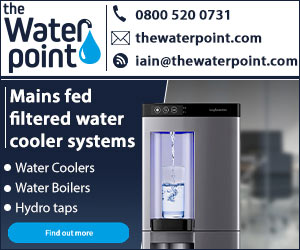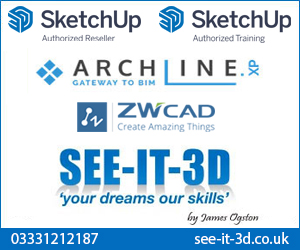Historic Environment Scotland (HES) has announced the introduction of new measures to manage the impact of climate change on Scotland's national heritage sites.
HES are implementing a new approach to the inspection of historic properties in response to the effects of climate change. A programme of tactile condition surveys on over 200 properties will assess the extent of deterioration of high-level masonry and ensure public safety against the risk of potentially unstable building fabric. It will mean that access to some properties will be restricted to enable surveys to be conducted.
Scotland's public heritage body, which cares for 336 historic buildings and sites across Scotland, believes the programme is a proactive step towards transforming the way the nation's most precious places are protected, repaired and experienced in the face of accelerating decay from climate change.
The tactile survey programme, which is the result of ongoing risk assessment and sample surveys, will assess the impact of climate change, as well as the scale of deterioration caused by a number of other factors, including the materials used in the building's construction, its age and physical location. It is anticipated remedial works could require significant investment over multiple years and, in some instances, require a different management approach to be taken than before.
To ensure public safety, and in response to concerns relating to the risk of failing historic building fabric, HES had embarked on a national project to assess risks to visitors and staff across the properties in care in 2019. Post-lockdown, work was restarted and surveys conducted in spring 2021 identified potentially dangerous fabric at high level, leading to immediate access restrictions at 20 properties for inspection to ensure visitors and staff were not exposed to any possible risks.
The sample surveys conducted on these properties confirmed to conservation specialists at HES that the type of deterioration being seen could only be assessed properly by hands-on, tactile surveys and that the traditional ways of inspecting at high level, such as visual inspection from the ground or by drone, while useful, are not as accurate as a hands-on inspection.
These surveys will inform a programme of repairs, conservation work, adaptation measures, interventions and new ways of caring for these historic assets. Access restrictions were put in place at a further 11 sites in November 2021, with an additional 39 sites following in January 2022 as a precautionary measure because HES assessments showed that the issues found at the initial sites could potentially pose a risk to properties with shared characteristics.
Dr David Mitchell, director of conservation at HES, said: "The safety of staff, visitors and contractors is our priority and access restrictions at some sites will unfortunately be necessary.
"Our routine inspections are increasingly revealing the deterioration of building fabric at high level. While our changing climate is not the sole reason for deterioration, it has certainly accelerated it and brought the issue to a head. Historic properties are inherently fragile by their nature, often ruinous and standing at exposed locations. We face a constant battle against time and the elements.
"Across the world, cultural heritage assets are seen as barometers of change and they demonstrate the challenges for the historic environment and traditionally constructed buildings in the face of a changing climate.
"We are taking proactive action now to assess the nature and scale of the immediate challenge, and to explore a range of solutions and options. It is inevitable our approach to protecting historic buildings will have to change - we need to reimagine how we manage these historic and much-loved places. A range of solutions is needed, including repairs, investment and new and innovative interventions. In some cases reduced physical access and accepting the natural process of decay will need to be considered."
While the work is taking place, HES is looking at alternative ways to share Scotland's story with the many visitors, members and people across Scotland who engage with the sites which it manages. This includes looking at opportunities to provide partial access at some of the sites where it is safe to do so, while more interpretative performances, the use of innovative technology and new audio tours, videos and trails are also being considered to augment the visitor experience for 2022. HES is committed to opening up as much access as possible as the work progresses.
While the inspection programme is taking place, many of Scotland's most loved historic visitor attractions remain open to the public, including Edinburgh Castle, Skara Brae, Stirling Castle, Fort George, Arnol Blackhouse, Urquhart Castle and many more across the length and breadth of Scotland.
Construction News
21/01/2022
Historic Environment Scotland Announce New Environmental Measures
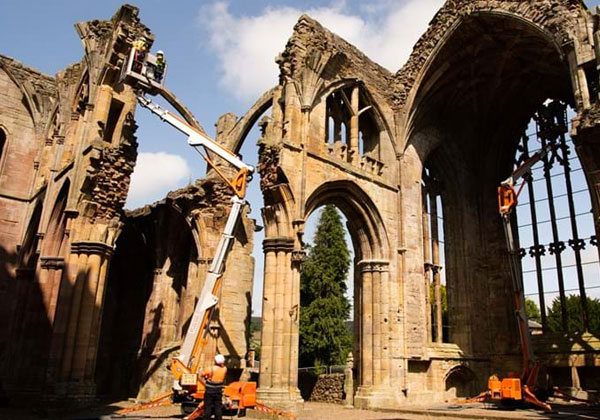

04/07/2025
RWE, a prominent power generator in the UK, has officially initiated construction on the 62.7-megawatt (MW) Golticlay Onshore Wind Farm.
Located five kilometres northwest of Lybster in Caithness, Scotland, the project sees RWE collaborating with Farrans, who are managing the construction operation
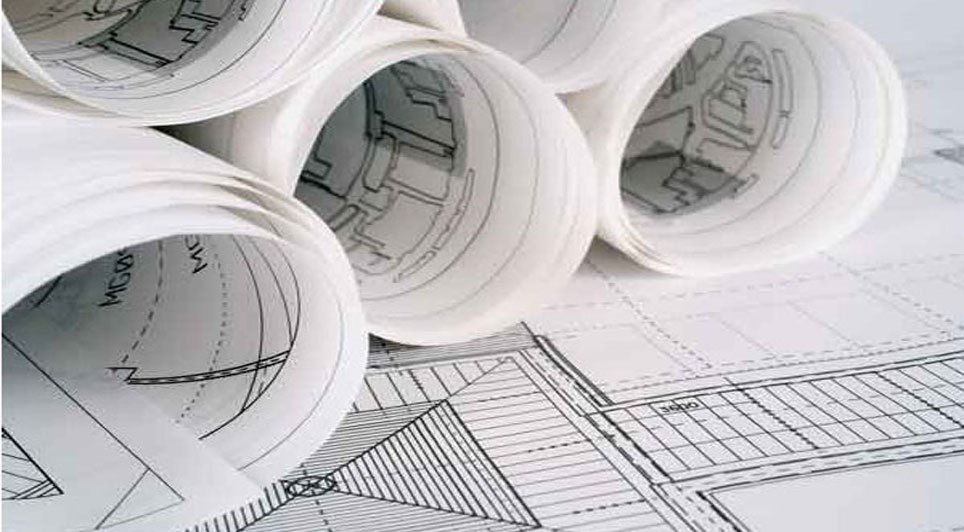
04/07/2025
Scottish Gas Networks (SGN) has confirmed that essential upgrades to the gas network on the A199 in Haddington are set to commence on Tuesday, 15 July 2025. This ten-week project aims to ensure a continued safe and reliable gas supply for nearby homes and businesses.
To facilitate the work safely,

04/07/2025
Social Bite has revealed that a former bowling green in Mill O'Mains has been chosen as the proposed site for the Bill Sword Social Bite Recovery Village in Dundee. The location was selected for its serene green space and excellent connectivity to the local community and transport links, aligning wi

04/07/2025
The Scottish Government has released its draft Environment Strategy for public consultation, inviting views on proposals designed to enhance Scotland's environment for the benefit of community health, prosperity, and wellbeing. The strategy outlines opportunities for strengthening the economy and im
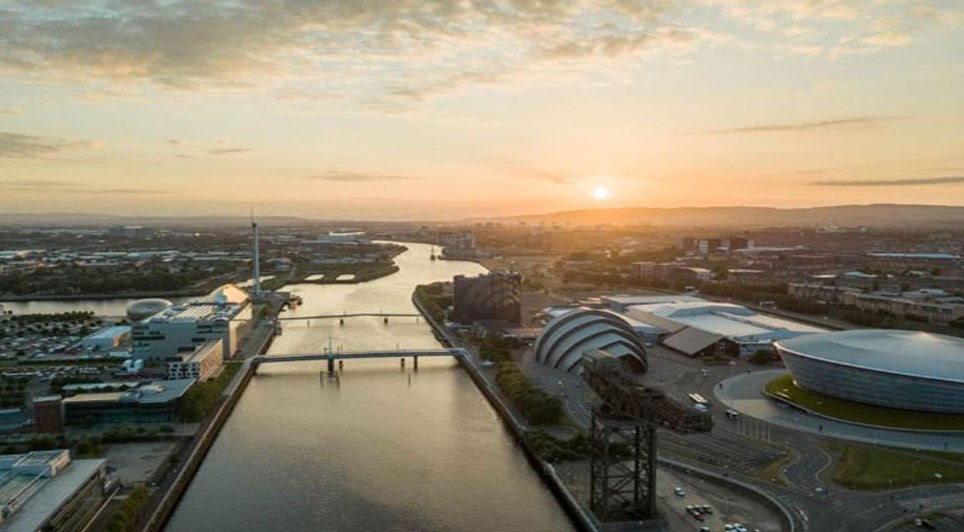
04/07/2025
Glasgow's extensive £21.3 million Avenues Plus programme, a key component of the city centre's largest transformation in 50 years, is now in full swing.
Projects are active on the eastern, northern, and southern fringes of the city centre, aiming to create more attractive streets with improved pav

04/07/2025
Barratt and David Wilson Homes West Scotland has been named Large Housebuilder of the Year at the 2025 Scottish Home Awards, an accolade that celebrates excellence in homebuilding across Scotland.
This independent award acknowledges the company's dedication to delivering high-quality, well-designe

04/07/2025
Tulloch Homes, part of the Springfield Group and currently celebrating its 100th year in business, is recognising one of its employees for securing a prestigious national award.
Cameron Brand, recently promoted to Contracts Manager, has been awarded the exclusive NHBC Pride in the Job award for hi

04/07/2025
Four employees from Clark Contracts have successfully completed their BSc Honours degrees in Quantity Surveying and Construction Management at Glasgow Caledonian University, marking a significant milestone in their professional development. Their achievements highlight the Scottish contractor's ongo

03/07/2025
The University of St Andrews has taken a significant step forward in its major plans to redevelop the distinctive and historically significant former Madras College school building in central St Andrews.
This week, the University submitted a full planning application to Fife Council for the renova

03/07/2025
Following extensive preparatory work, a definitive start date has been set for the significant redevelopment of the Palace Theatre and Grand Hall in Kilmarnock.
The "Cultural Kilmarnock" project, backed by £20 million from the UK Government's Levelling Up Fund and additional funding from East Ayrs
 Scotland
Scotland UK
UK Ireland
Ireland London
London


